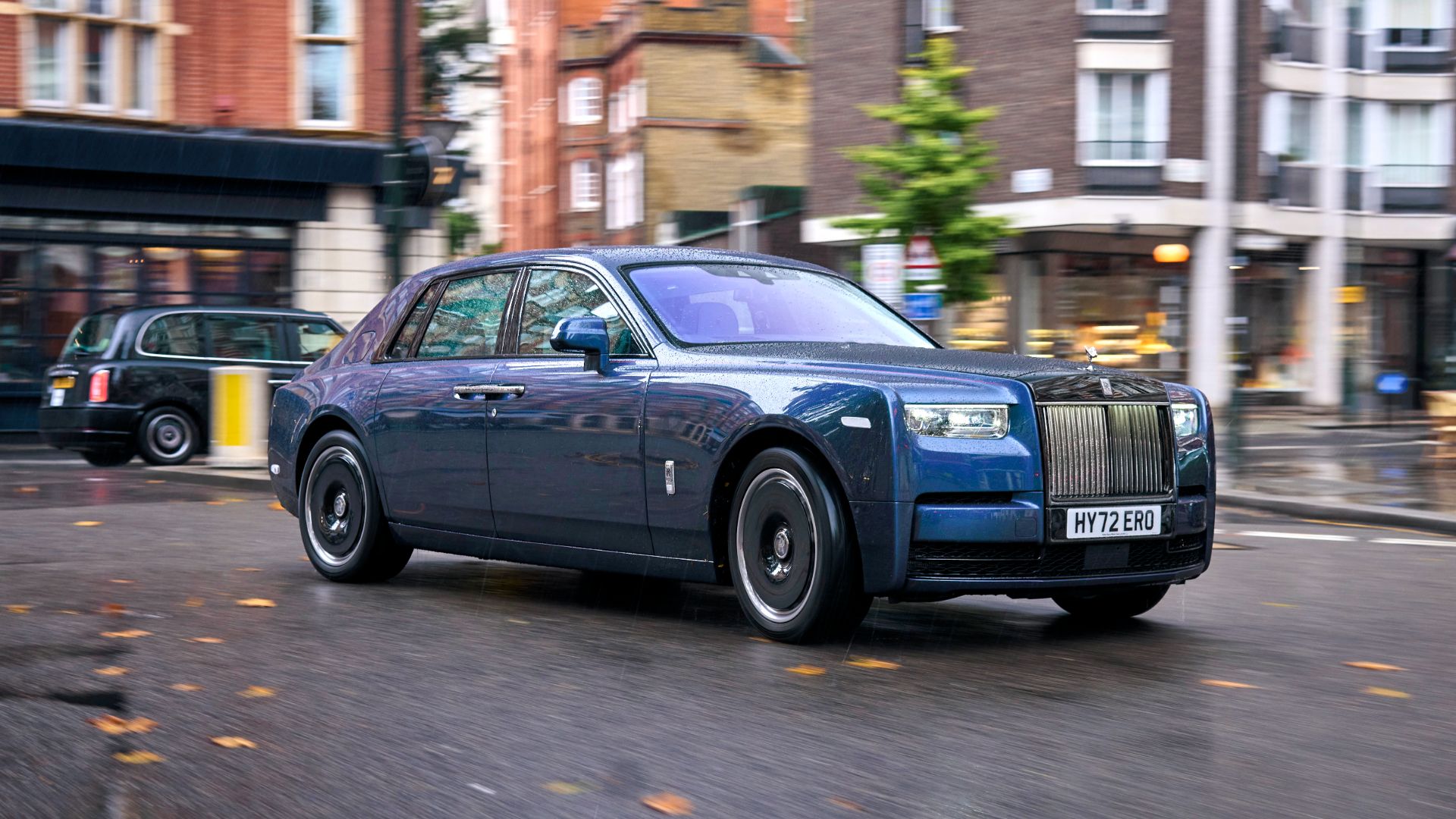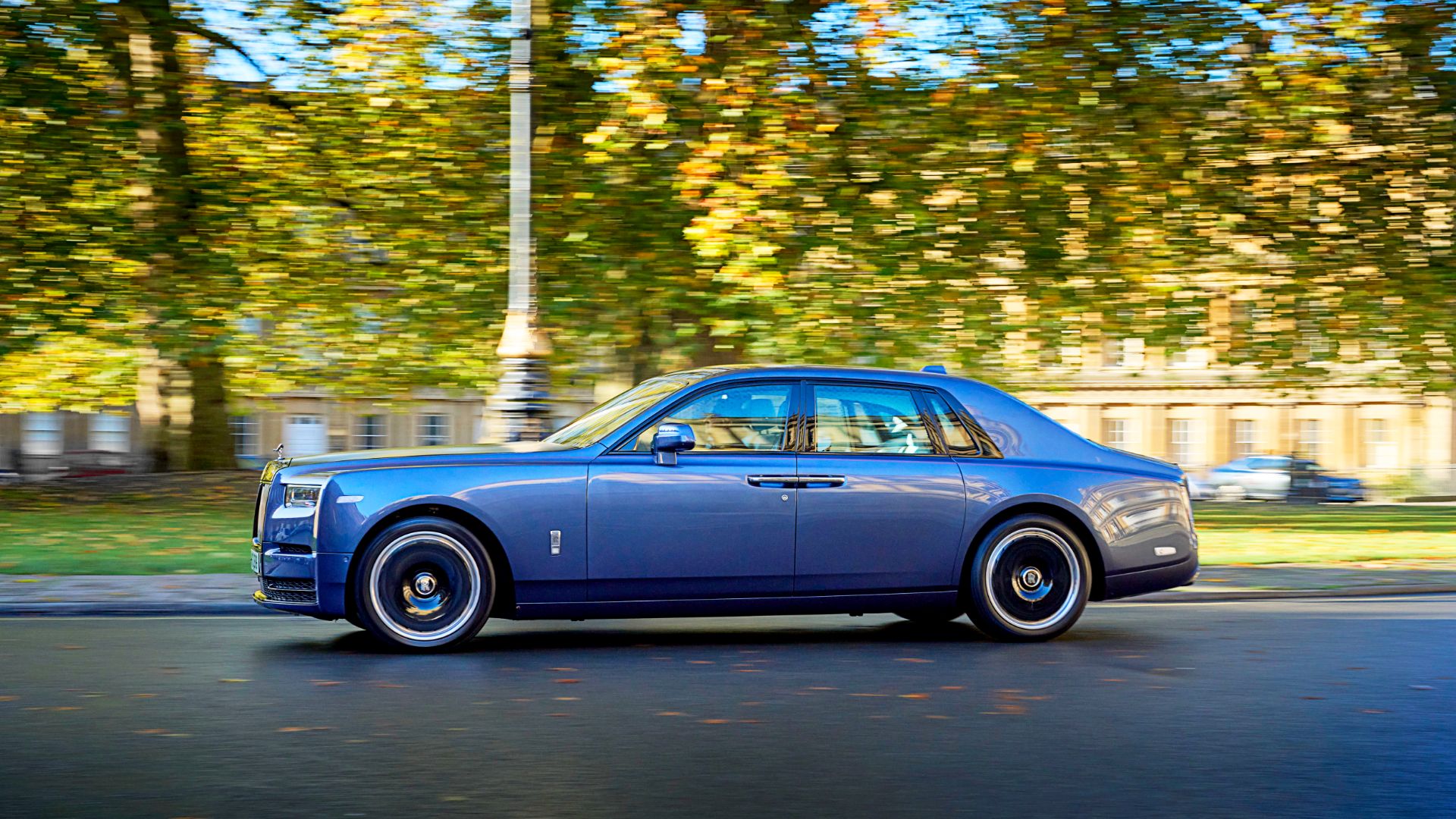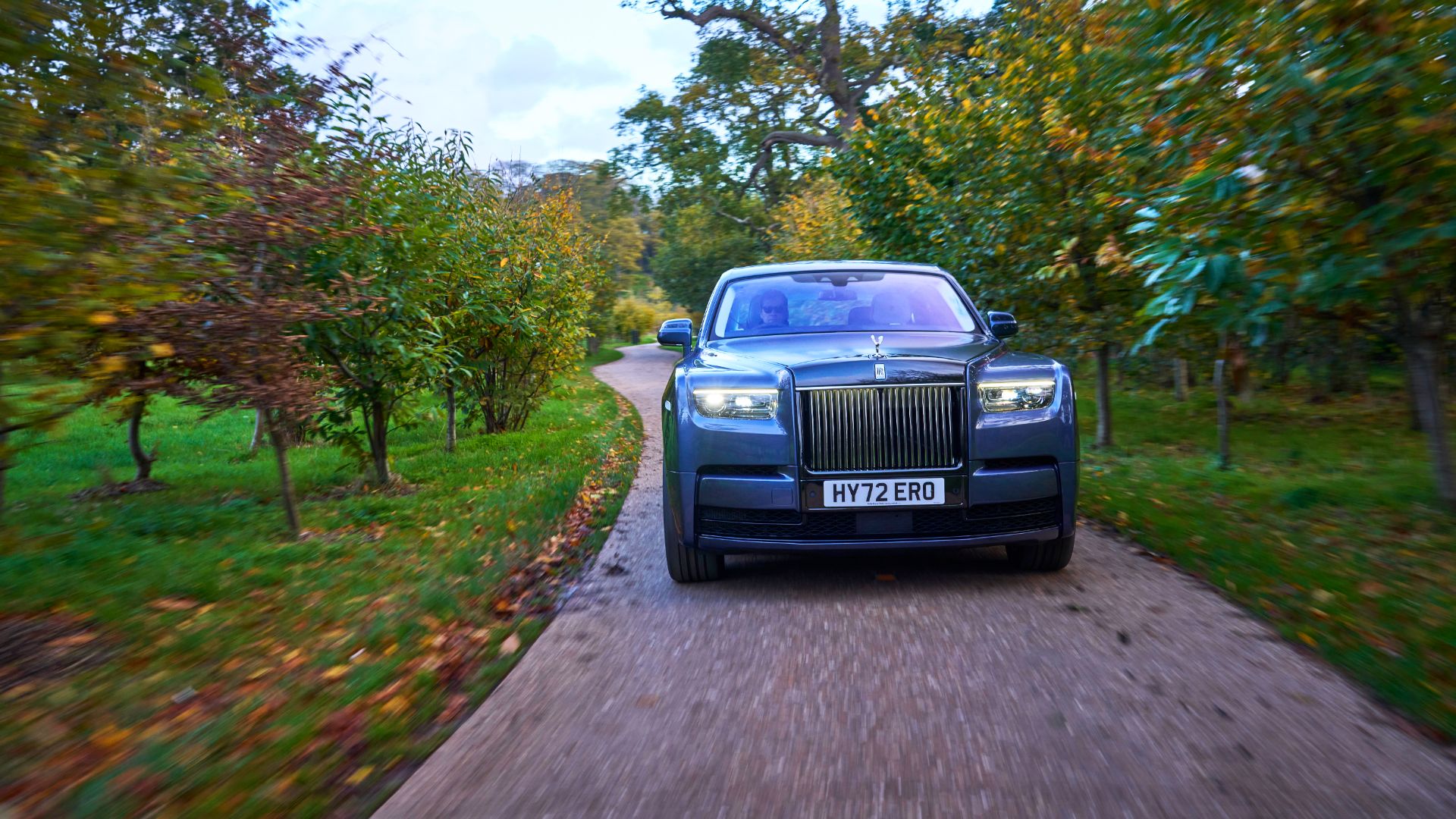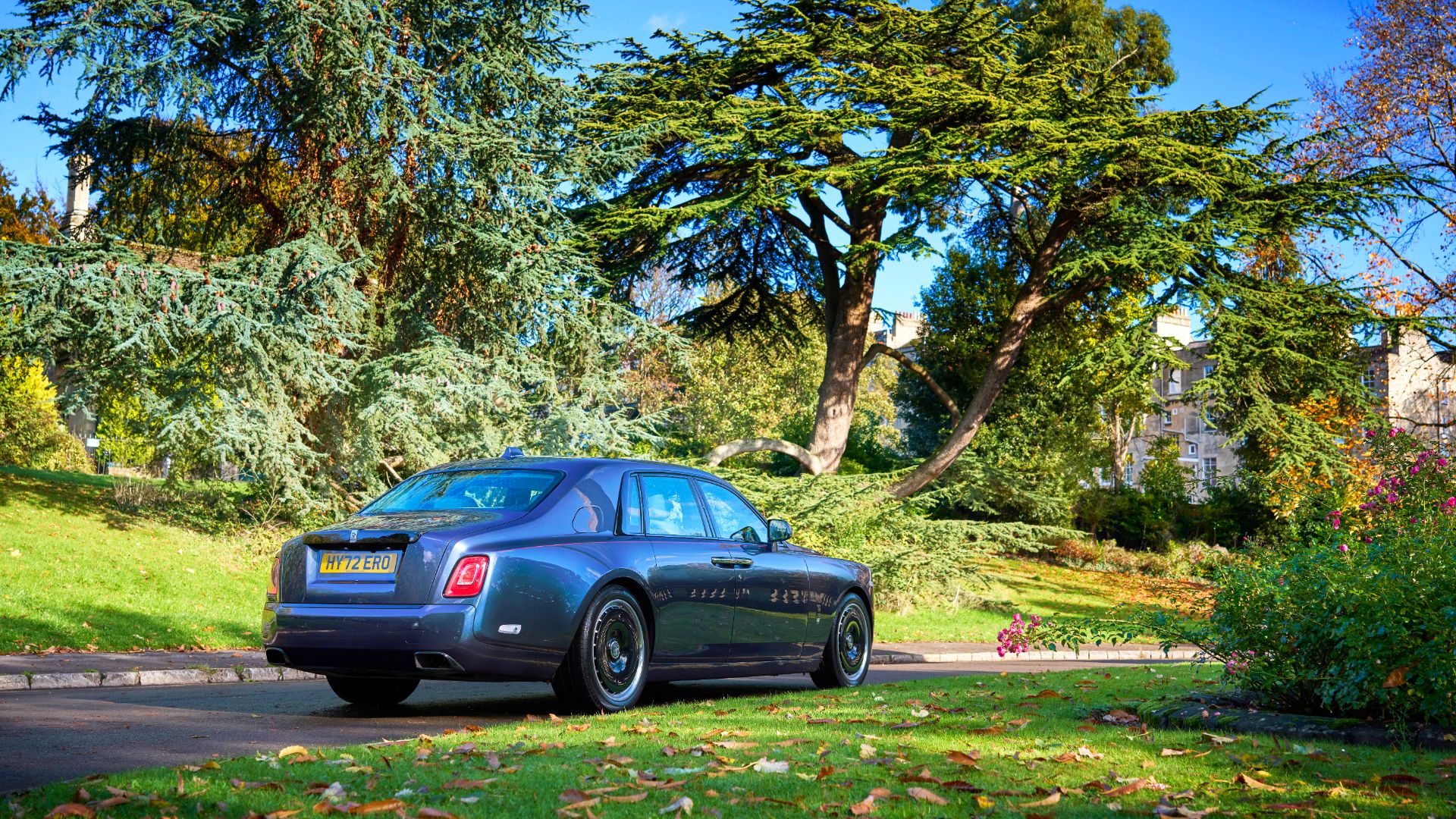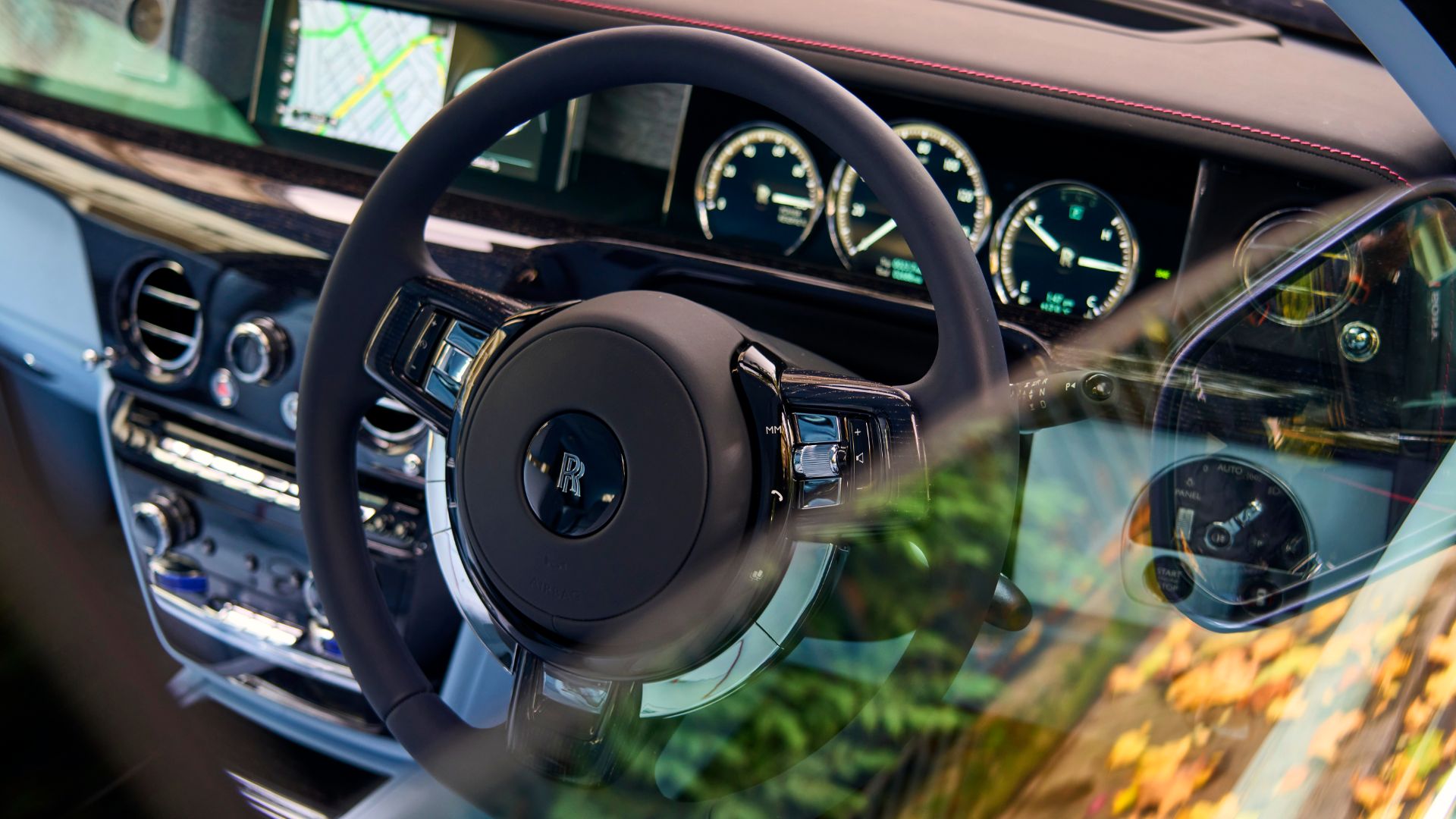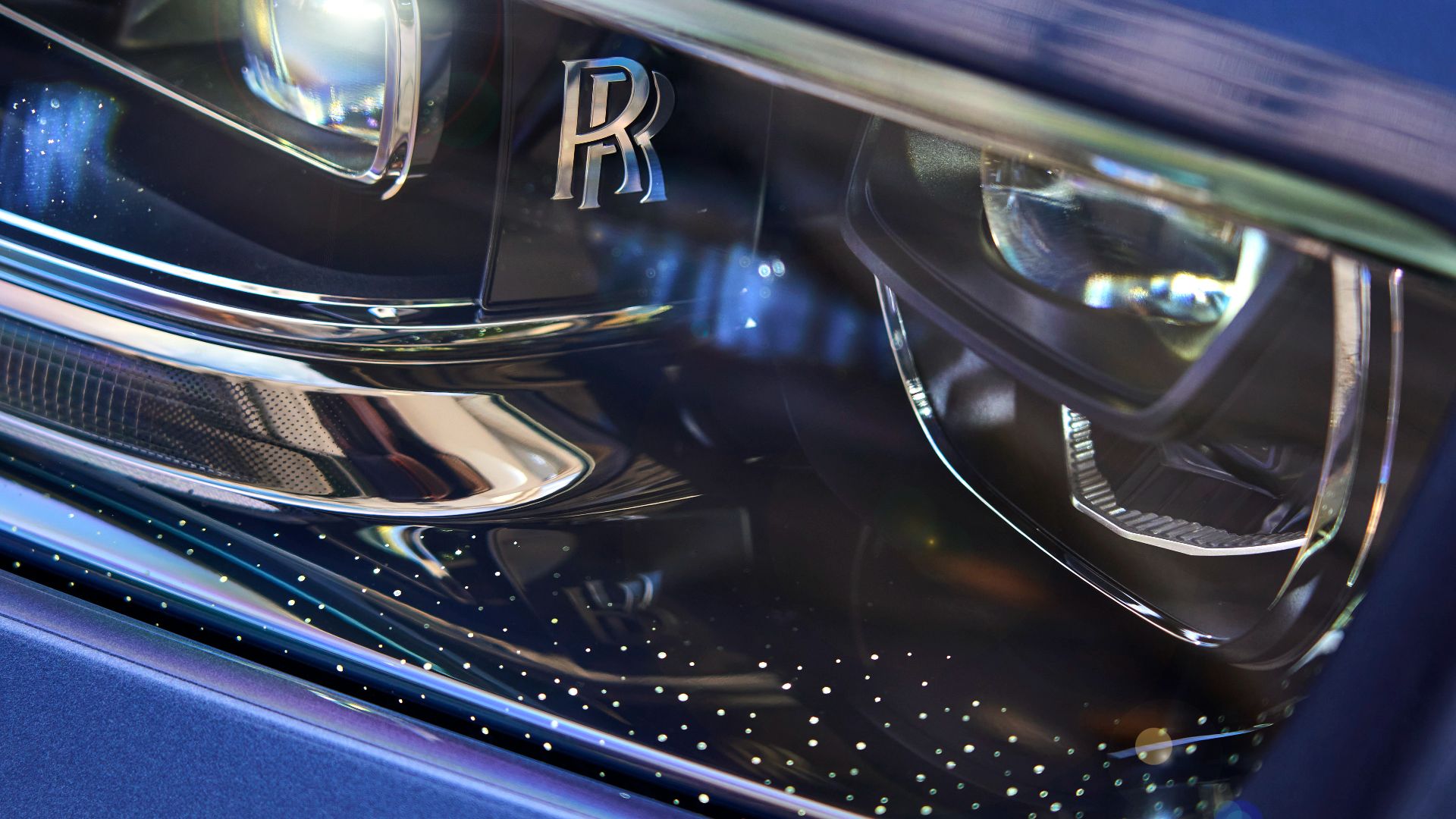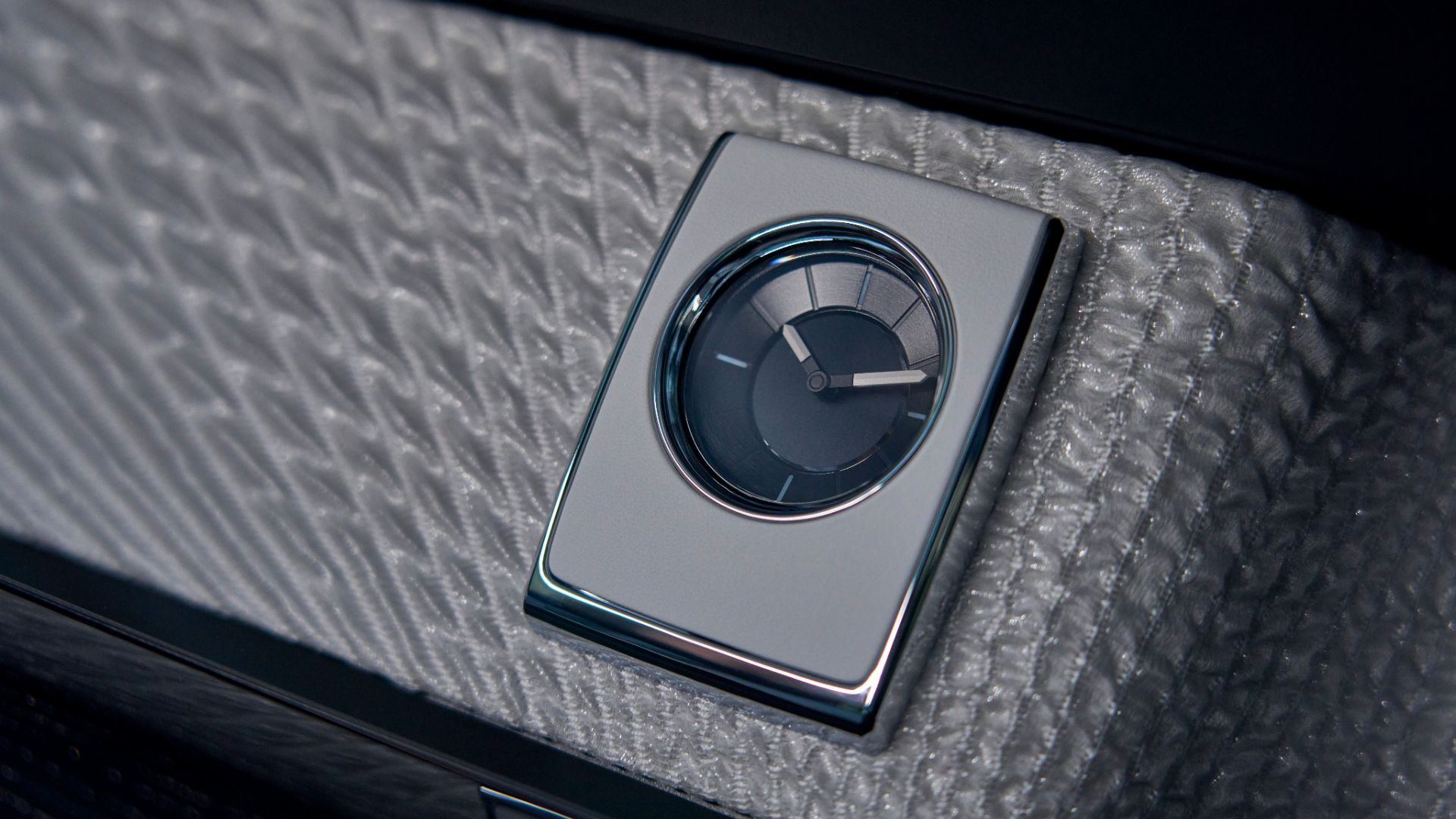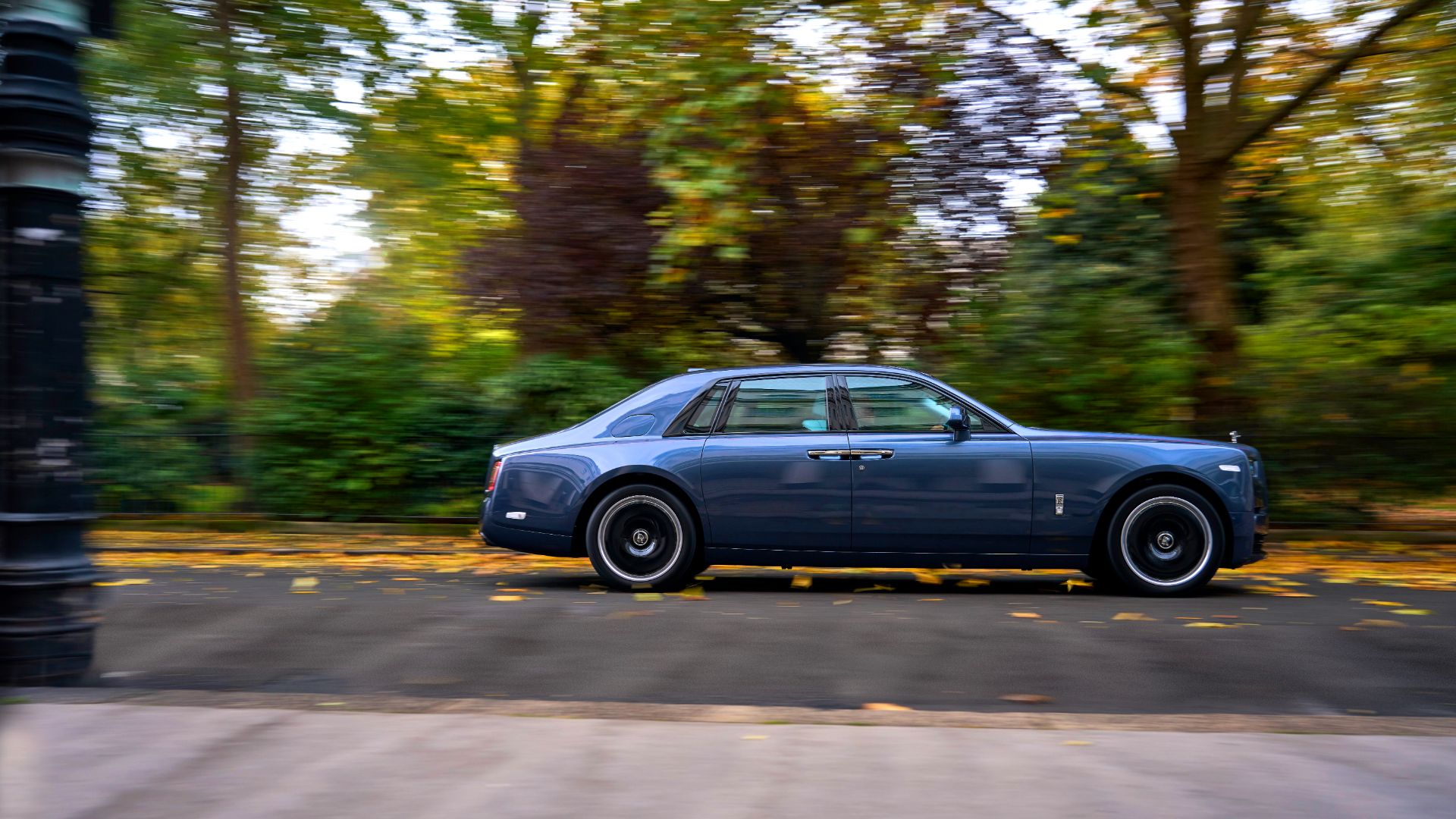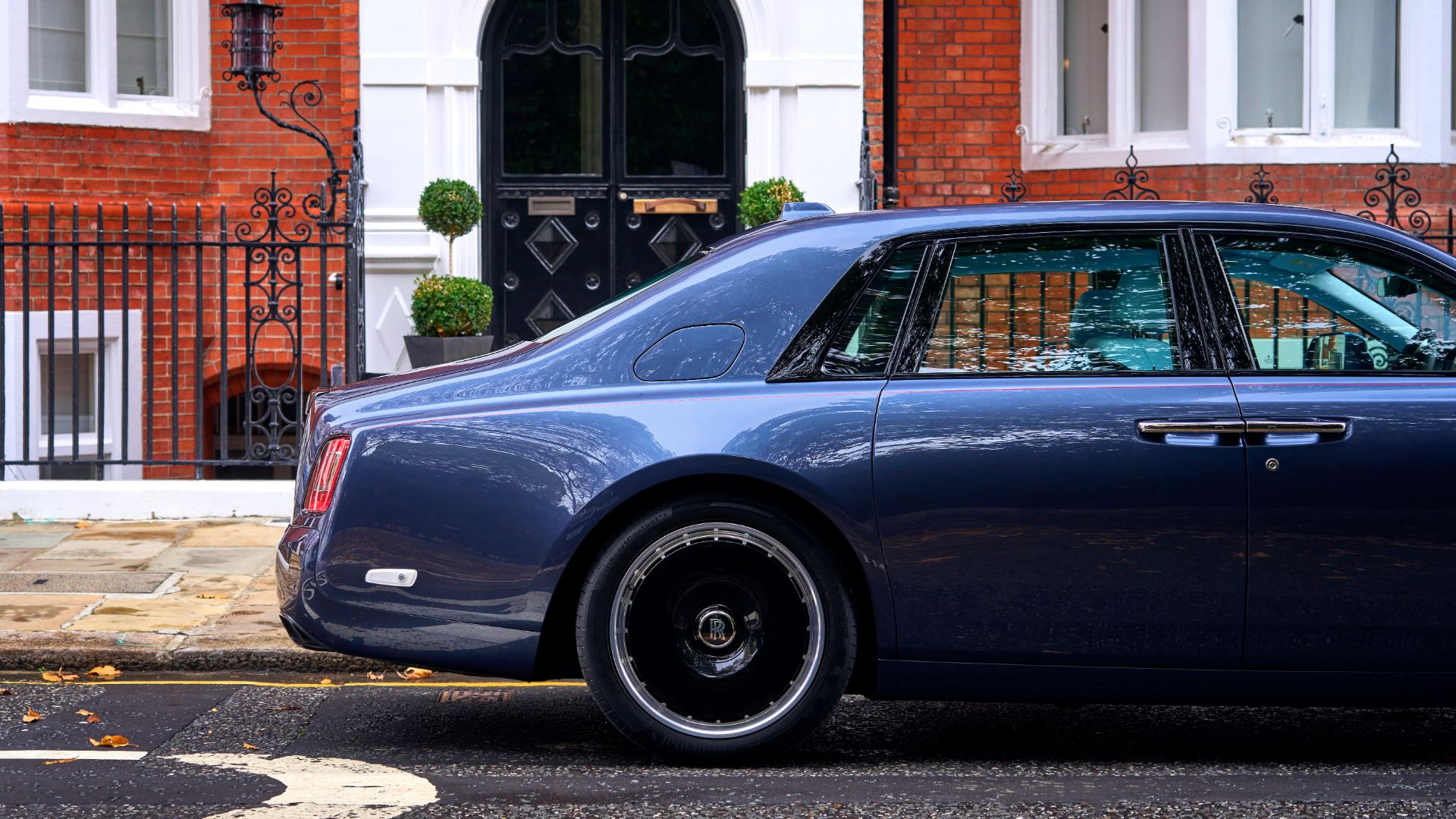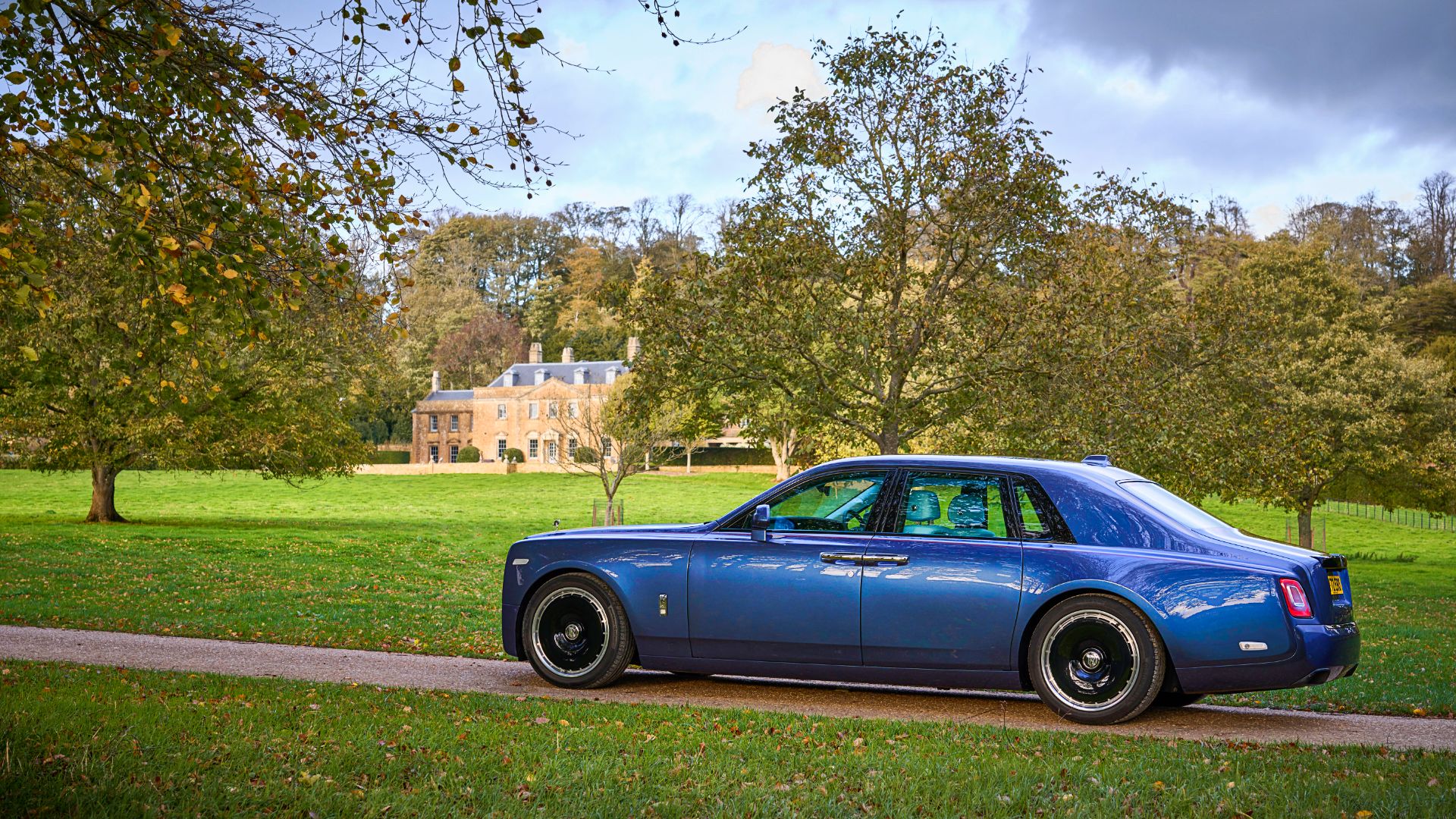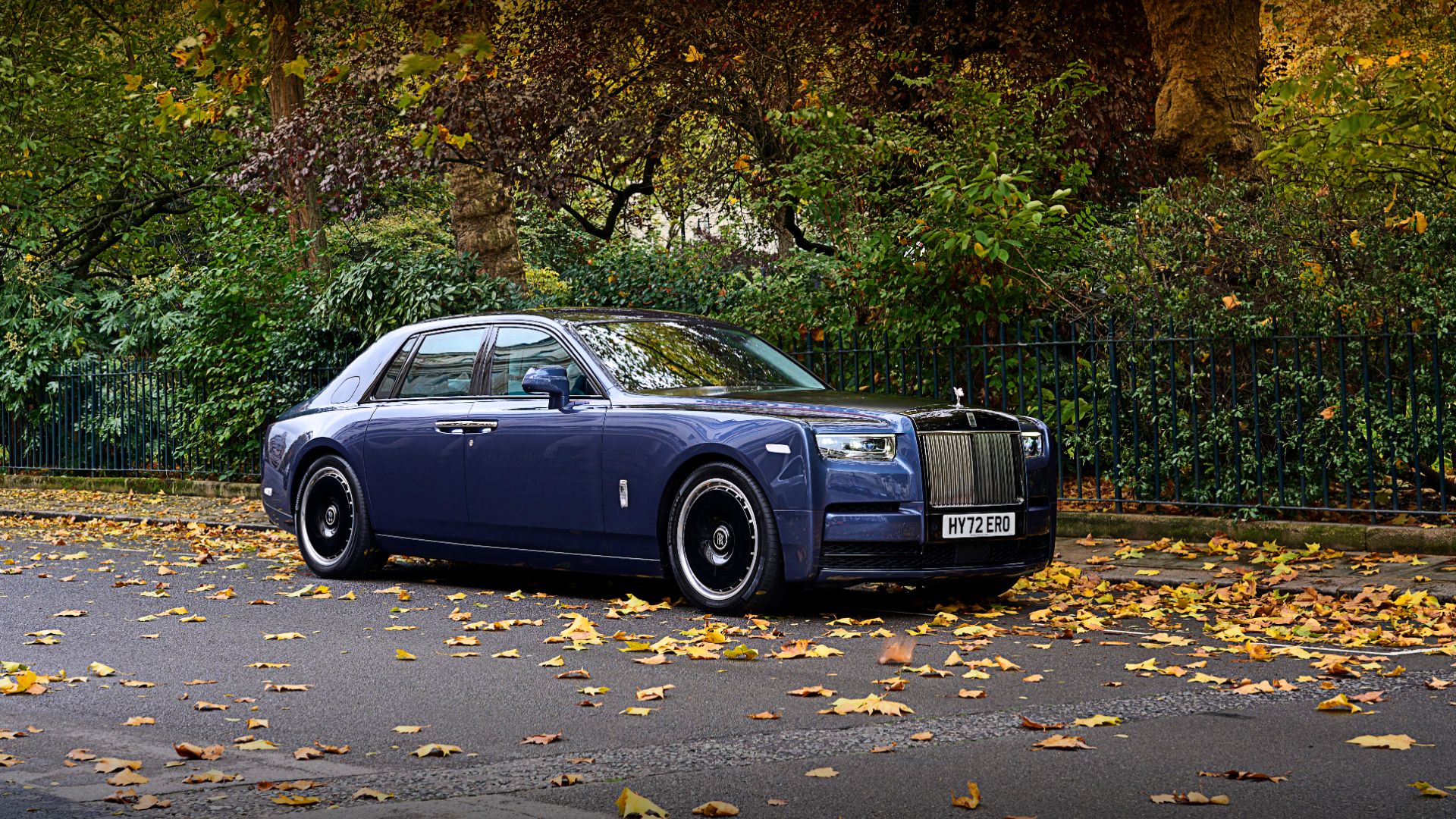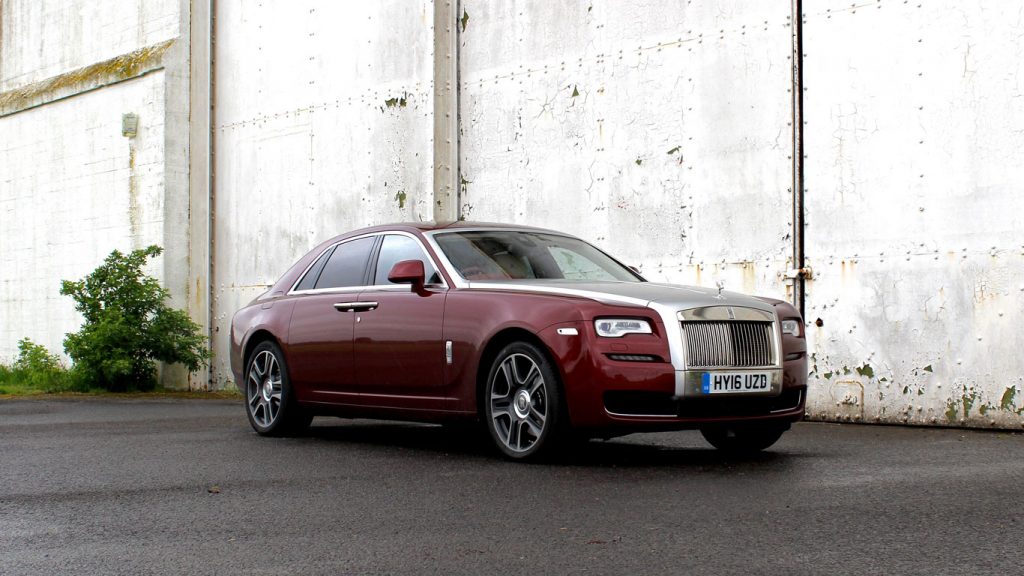Not many cars can lull you to sleep at 155mph. It’s 3:30am on the autobahn north of Koblenz and the Rolls-Royce is gently nudging its electronic speed limiter. Mercifully, I’m not at the wheel, but fully reclined in one of the individual rear seats. I wake up an hour later, somewhere near Frankfurt, refreshed and ready for the final leg of our ‘Phantom to the Opera’ adventure.
That was in 2018, when a fellow journalist and I drove a then-new Rolls-Royce Phantom VIII from the Royal Opera House in Covent Garden to the Vienna State Opera in Austria. We travelled through the night, stopping only for fuel, coffee and copious quantities of fizzy Haribo, arriving in Vienna – a distance of 920 miles – in time for the evening performance of Madama Butterfly.
Four hours of Puccini felt like an endurance test, but 18 hours in the Rolls-Royce certainly did not.
Lights and magic
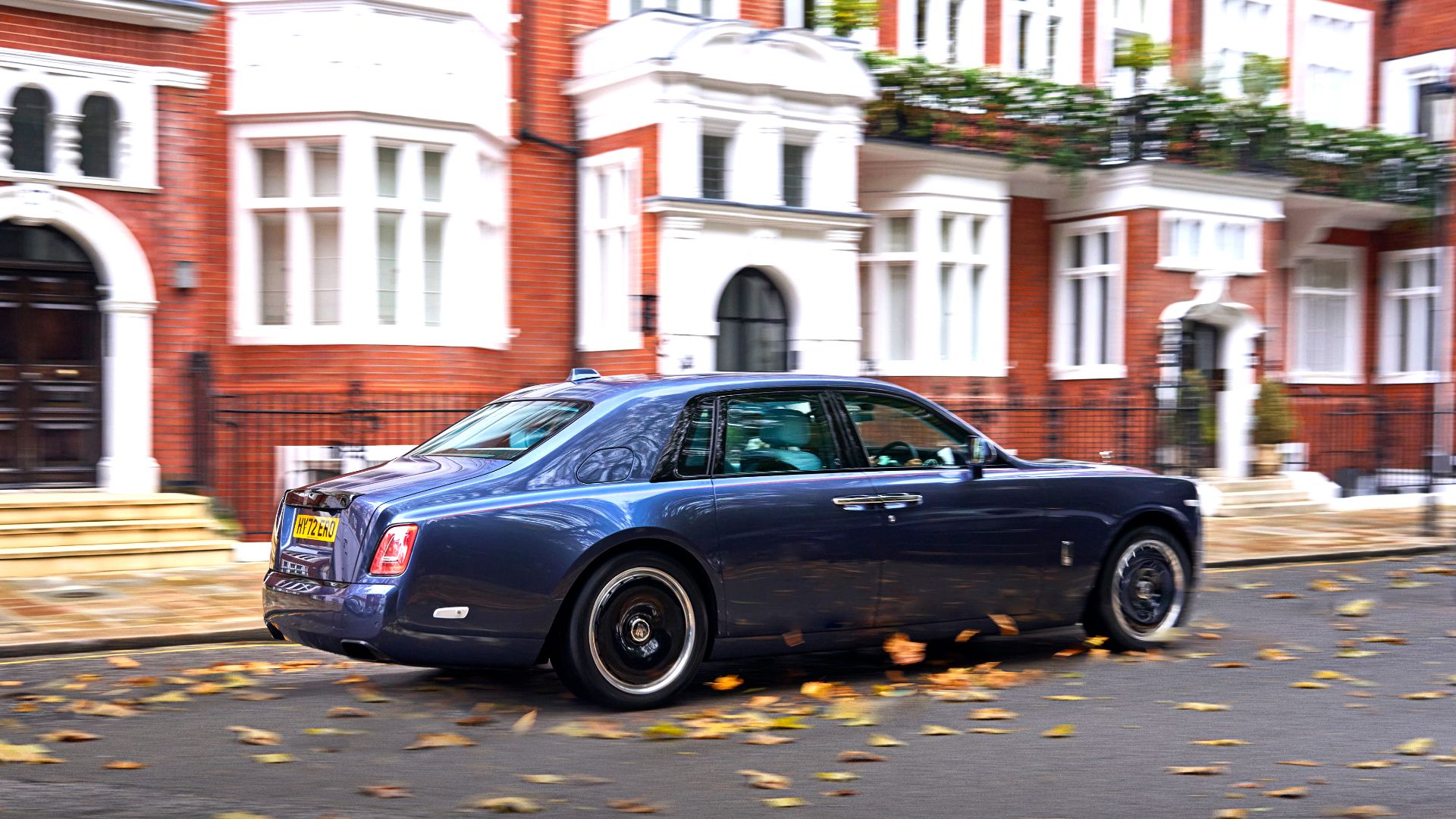
Now the updated, Series II version of the Phantom VIII is here. It has some extra visual sparkle, with the famous Pantheon grille now illuminated, plus twinkling laser-cut starlights inside the headlamps. Rolls-Royce has also introduced new alloy wheel designs – including the fabulous 22-inch disc rims seen here, inspired by the original Phantom I of the 1920s.
Inside, the steering wheel has a slightly thicker rim and the BMW iDrive-based media system now works with Whispers, the Rolls-Royce smartphone app. This allows owners to send an address directly to the car’s navigation system, for instance, and connects with a concierge service that can book everything from your Phantom’s next service to a table at your favourite restaurant.
Despite this extra connectivity, the Phantom’s interior doesn’t follow the vogue for XL touchscreens and erratic haptic controls. Indeed, it remains reassuringly old-school, with big buttons, clear digital dials and an American-style column shift for the eight-speed automatic ’box.
There’s almost limitless scope for personalisation, too, including the option to commission a bespoke artwork for the glass-fronted ‘gallery’ on the passenger side of the dashboard.
End of an era
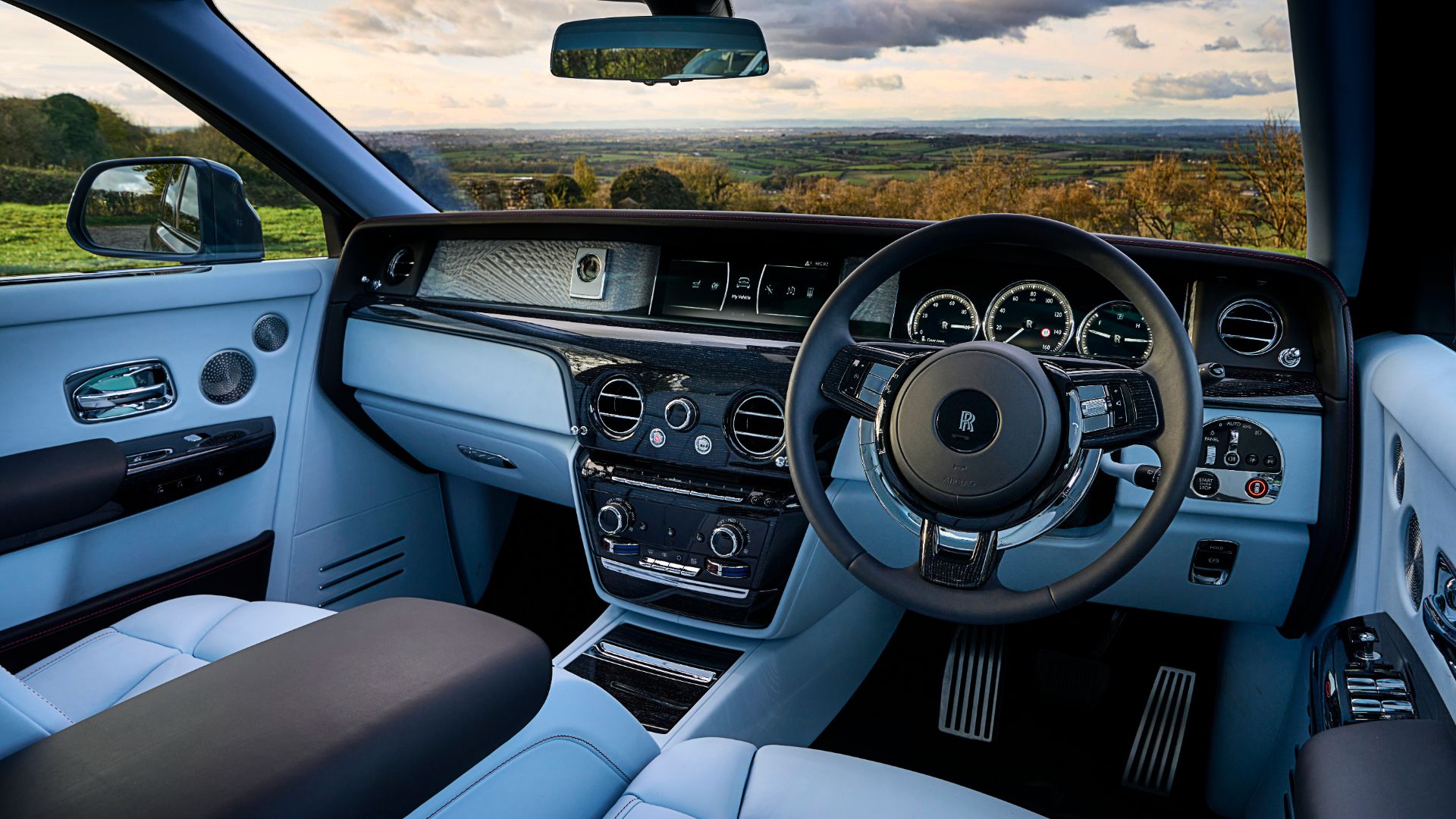
One thing that hasn’t changed is the 6.75-litre twin-turbocharged engine behind that imposing prow. With the Spectre arriving later this year and Rolls-Royce’s entire portfolio going electric by 2030, this will be the company’s last new car powered by internal combustion.
In truth, the venerable V12 is so quiet that any HNWIs (high-net-worth individuals) in the back might assume the car is electric already. Its long-travel throttle, relaxed steering and lofty driving position encourage smooth, stately progress – Rolls-Royce calls it ‘waftability’ – while the Flagbearer camera system scans the road ahead and adjusts the self-levelling air suspension to suit.
Bury your right brogue in the deep-pile lambswool and the V12 wakes up with a muted snarl, thrusting this 2,685kg leviathan to 62mph in 5.5 seconds. The Phantom is more agile than you might expect, helped by rear-wheel steering that tightens its turning circle in town and aids stability at speed.
Traversing south London in a huge car worth £450,000 might have been stressful, but it felt curiously calming. Most owners will employ a driver, of course, but they’ll miss out on a beguiling experience.
First-class travel
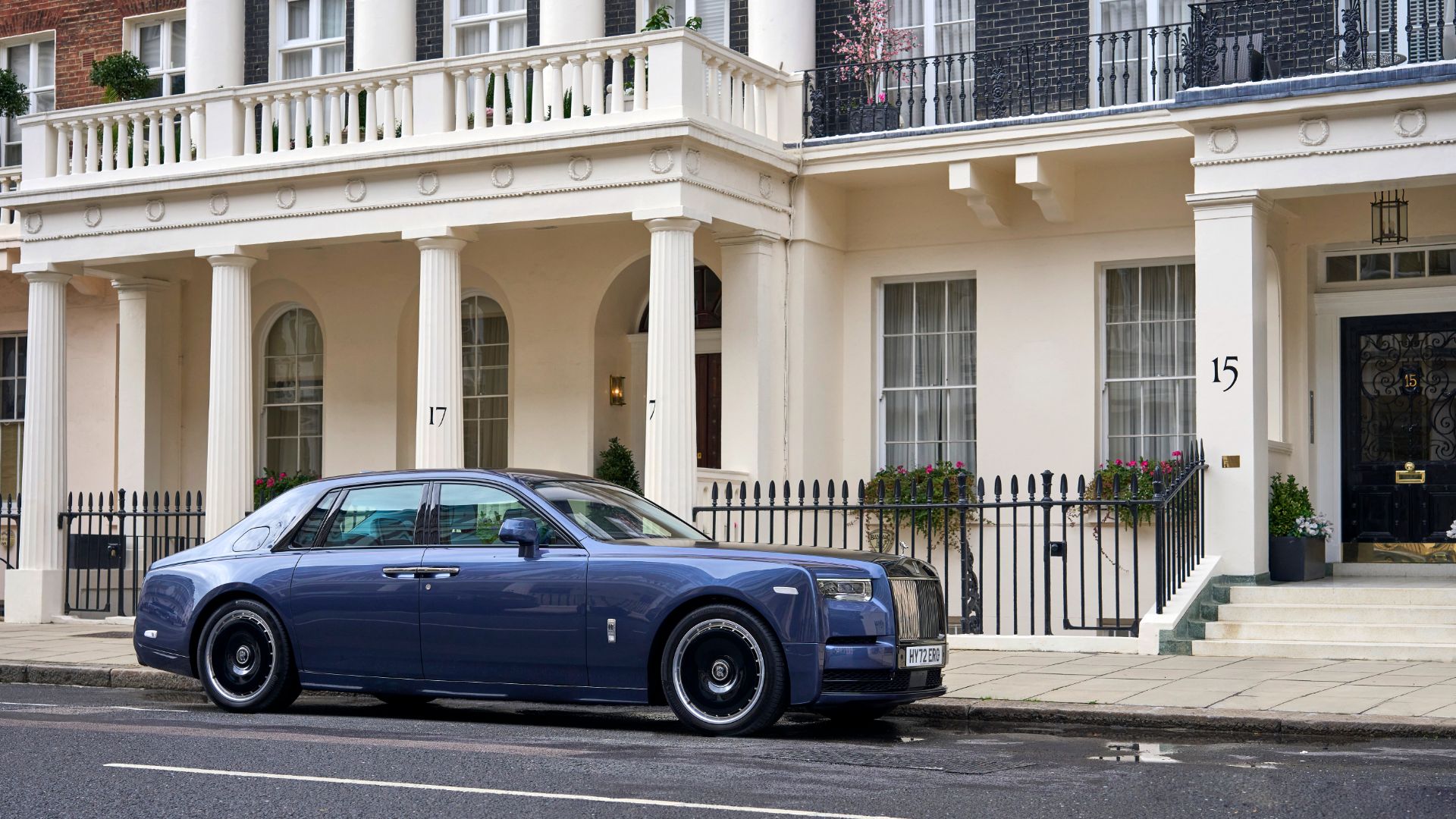
Frankly, whether you’re asleep on the autobahn or simply chauffeuring your mum to her 70th birthday lunch, the Phantom endows every journey with a sense of occasion. And five years after visiting Vienna, I still can’t think of a better car for an epic, cross-continental road trip.
It’s hard to imagine an electric Rolls-Royce being such a compelling alternative to short-haul air travel – not until the public charging network improves, at least.
‘Phantom to the Sydney Opera House’ next time, perhaps? Bring it on.
ALSO READ:
New Rolls-Royce Spectre is the world’s most opulent electric car
Rolls-Royce vs. the sleeper train: a race from London to Edinburgh
Best luxury cars to buy in 2023
